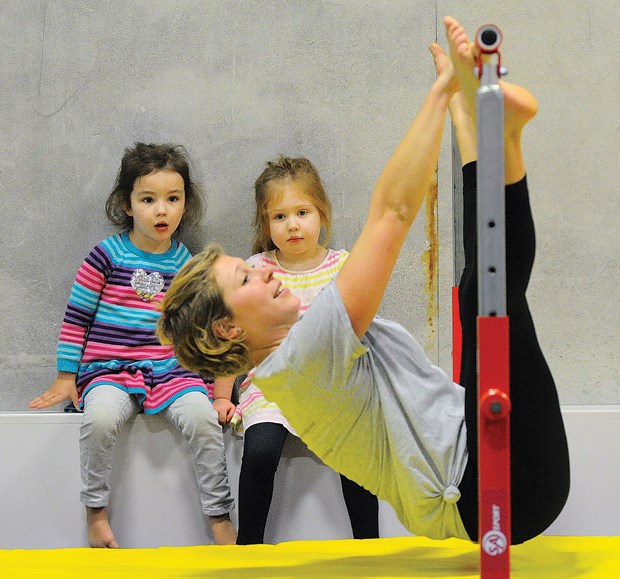When kids are learning math neither their teachers nor their parents focus on one aspect of math only, such as addition, to the exclusion of subtraction, multiplication and more.
We know they need to learn all the different aspects of math. So why the pressure for them to specialize in sport at an early age rather than letting them experience all the different aspects? After all, science shows that allowing them to develop all their motor pathways makes better athletes, more creative players and keeps them active for life.
There is more and more pressure on parents to have their kids get a leg up on a specific sport from a younger and younger age, but research proves that in order for your child to have the best chance of success in sport they should be focusing less, not more. In fact, early specialization, or only doing one sport for 11 months or more of a year, increases a child's chance of burnout, getting injured, and becoming sedentary as an adult.
So what is the best way to foster a budding athlete? Kids up to age five should get a chance to participate in the big three: gymnastics or a gross motor development program; swimming, so they have exposure to water sports; and some kind of ice or snow-based sport. And those programs need to be balanced with as much free outdoor play as possible. The focus at this age is developing fundamental movement skills and letting them play.
From six to 12, kids should be allowed to explore as many different sports as possible, and schools and community centres offer great, cost-effective ways to do that. During this age range the focus should shift to kids learning really great basics and developing their fundamental sport skills with as little focus on competition as possible.
Once they hit puberty until around age 15, kids can start specializing more and at age 16 and above is when specialization actually becomes important. It's much easier to sit down with a teenager and say, "You seem really interested in hockey, what's that going to look like for you?" than it is with a five-year-old.
There are a few exceptions to the specialization rule. With some sports, such as figure skating and gymnastics, kids have to master those motor pathways before they hit their greatest growth spurt/puberty, but for almost all other sports late specialization is better.
As parents who want only the best for our kids this can be really anxiety-inducing as no one wants their child to be left behind. And indeed their development may be slower in the short term but it will be better in the long term. In order for your child to have the best chance of success, have them do less, no matter how counter intuitive that seems. Let them play! Let them try badminton at school or join the crosscountry team and if they keep coming back to one sport, such as soccer, that's great. Let them play soccer but not at the exclusion of everything else.
Even kids who do fall in love with a sport early on and start to specialize should be exposed to lots of other sports, and, during down times, take as much time off as possible. Or, look for a program that isn't exclusively focused on one sport and gives children different opportunities to develop as whole athletes.
And while building an athlete is important, building a human being is more important, and at some point, whether that's five, 15 or 55, your child's going to leave their main sport and they will need transferable skills to keep active for life.
Sport is an incredible way to help children learn skills they can use for life. As a parent, try to stay focused on helping them learn hard work, patience, teamwork and ethics - not how to compete in one sport at an early age.
This gives them the greatest chance of success in sport and life.
Jennifer Hood is the founder of Jump Gymnastics, which has locations in North Vancouver and Yaletown. She has more than 20 years of experience working in six different gymnastics organizations across Canada, has developed recreational programming for young children, and is a certified teacher, specializing in primary education. She is also a mother of three daughters, ages 12, 10 and 5.



